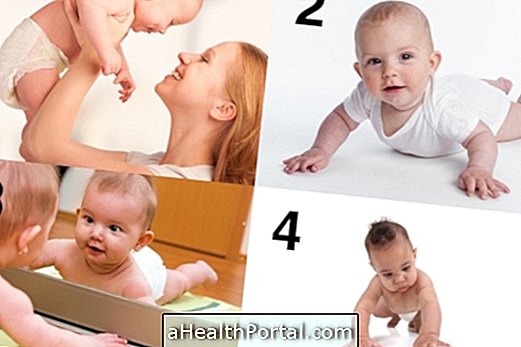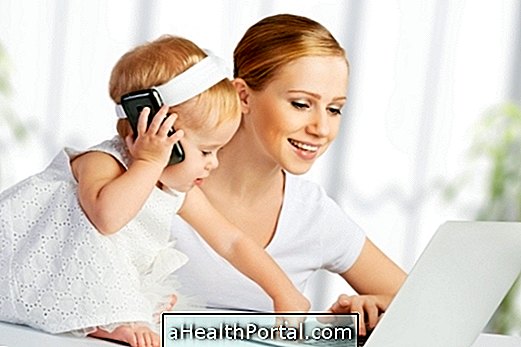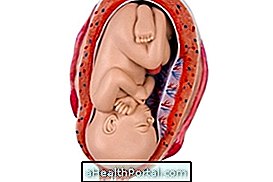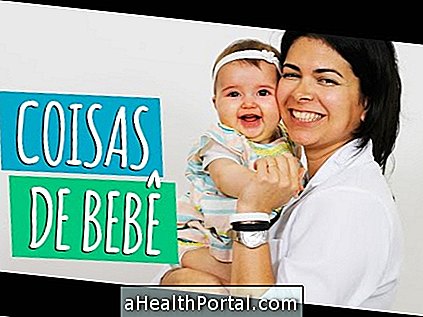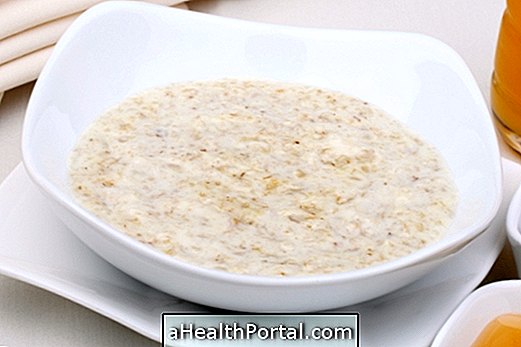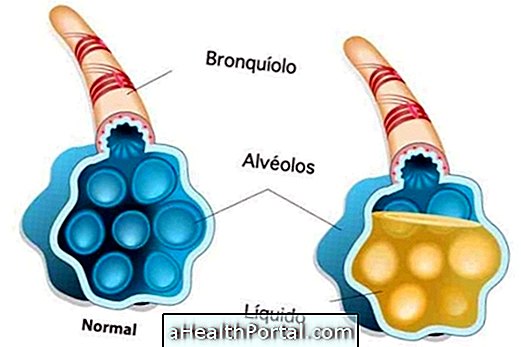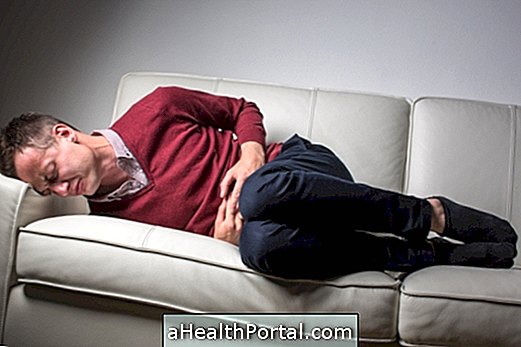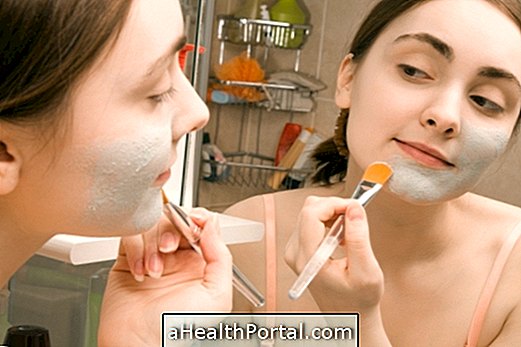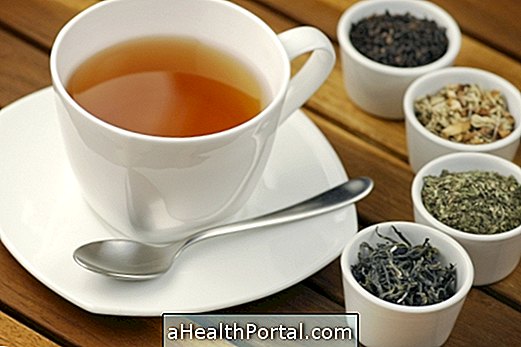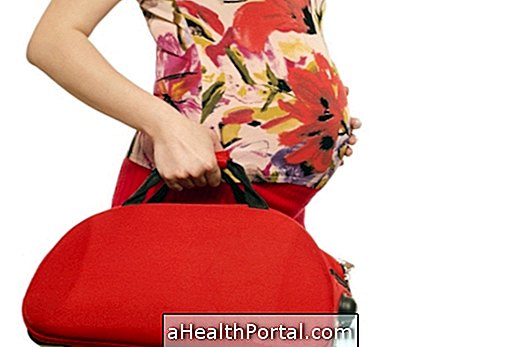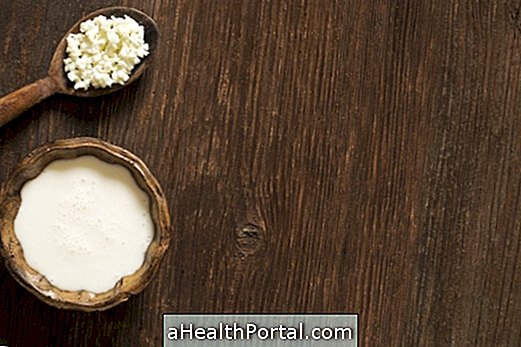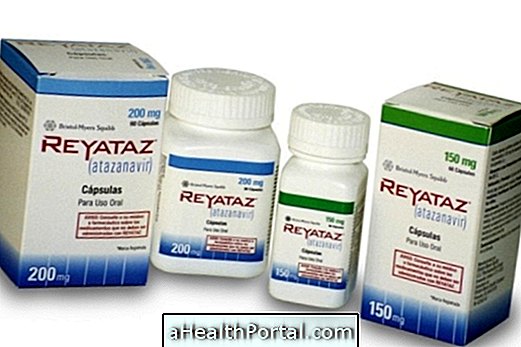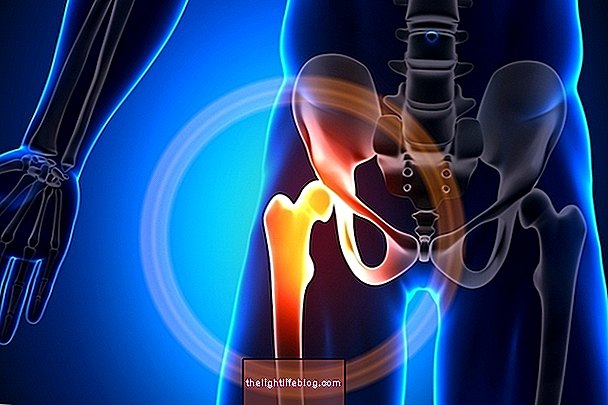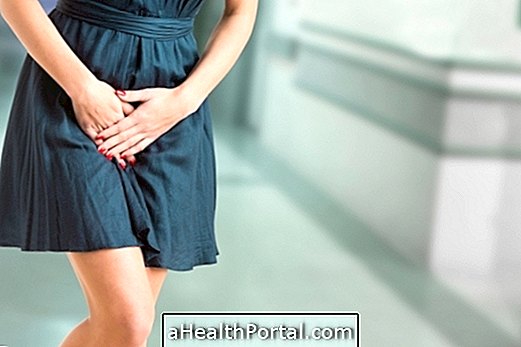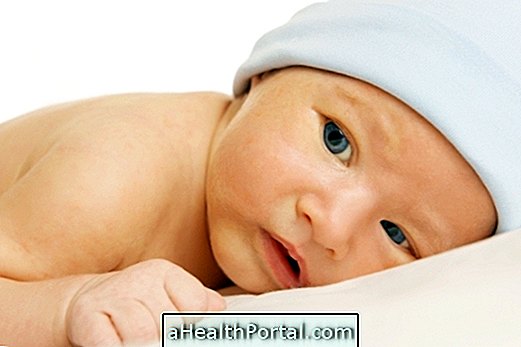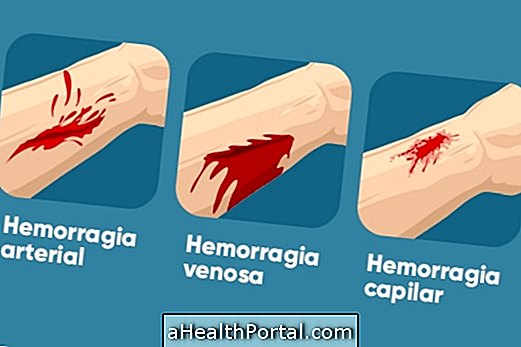The baby's first shoes may be made of wool or fabric, but when the baby starts walking, around 12 to 15 months, you need to invest in a good shoe that can protect your feet without causing damage or deformities and that can even help the baby walk.
Using inappropriate shoes may be more economical at the moment, but it can impair the development of all bends in the baby's foot, which may favor flat feet, also known as flat feet, or cause blisters and calluses, for example.


Shoes for babies who are learning to walk
The characteristics of a good shoe for the baby that is already standing up and learning to walk are:
- Be malleable and comfortable;
- Have non-slip sole;
- Have preferably velcro closure instead of laces that can untie more easily;
- It should allow ventilation in the feet of the child;
- It should cover the part behind the ankle;
- The back of the shoe should be firm.
Also it is very important that the child use the correct size of the shoe.

How To Know Your Baby's Foot Number
To know the number that the child is wearing, one can measure the size of the sole of the foot using a ruler, a meter of its own (common in several stores) or use the shoe insole as a parameter.
A good tip is to put only the shoe insole on the sole of the child's foot and observe if the insole is at least 1 finger larger than your little foot.
Footnote numbering table
The following table shows the possible number of baby's footwear, taking into account the foot size in centimeters and the child's age:
| Foot size (in centimeters) | Number of shoes | Age of child |
| 9 cm | 13 | 0 to 2 months |
| 10 cm | 14 | 2 to 4 months |
| 10, 5 cm | 15 | 4 to 6 months |
| 11 cm | 16 | 6 to 8 months |
| 11, 5 cm | 17 | 8 to 10 months |
| 12, 5 cm | 18 | 10 to 12 months |
| 13 cm | 19 | 1 year |
| 13.5 cm | 20 | 1 year to 1 and a half |
| 14 cm | 21 | 1 year and a half to 2 |
| 15 cm | 22 | 2 years to 2 and a half |
| 15.5 cm | 23 | 2 and a half to 3 years |
| 16 cm | 24 | 3 to 3 and a half |
| 16.5 cm | 25 | 3 and a half to 4 years |
| 17 cm | 26 | 4 years |
| 18 cm | 27 | 5 years |
| 19.5 cm | 28 | 5 years and a half |
| 20 cm | 29 | 5 and a half to 6 |
| 21 cm | 30 | 6 years |
| 22 cm | 31 | 7 years |
| 22.5 cm | 32 | 7 and a half to 8 |
| 23 cm | 33 | 8 years |
| 23.5 cm | 34 | nine years old |
| 24 cm | 35 | 10 years |
| 24.5 cm | 36 | above 10 |
The numbering of footwear can vary according to the manufacturer and therefore some stores use their own meter, as shown in the third image.
The shoes are really needed when the baby starts walking and last for an average of two to three months and should be replaced soon after by a few more, but it can not be much bigger because they do not fit the baby's foot and may facilitate the fall.

Care to buy shoes for children
To buy shoes for children, parents should observe if their shoes are comfortable, making sure that when they put their shoes closed and with socks, they are still 1 to 2 cm in front of the big toe. Another care is to check the quality of the fabric because children run, jump and drag their feet on the floor and so the fabric must be sturdy so it lasts longer.

One of the most important features of the child's shoe is that the insole has a curvy upward to assist in the formation of the child's foot arch. Every baby has flat feet since birth and around 3 or 4 years old, the arch of the foot is forming, and buying semi-orthopedic shoes and sandals is an excellent strategy to prevent the child from having a flat foot, requiring treatment .
Velcro shoes and sneakers help children get on their own and do not accidentally untie, avoiding falls. If the shoe insole has cushioning, better still to give more comfort. Having all these care prevents the formation of blisters and ensures the proper development of the baby's foot.

